Deck & Commander Strategies

Elesh Norn, Mother of Machines
Focus on controlling the board by doubling creature triggers to generate value and disrupting opponents' artifact and spell strategies, aiming to lock down the game while gaining incremental advantages.

Zevlor, Elturel Exile
Spread damage and control effects across opponents, using unique damage-based abilities to weaken multiple targets and maintain pressure while supporting a midrange/control game plan.
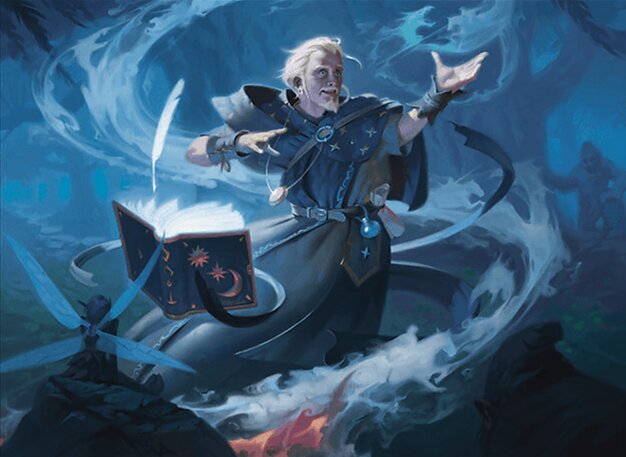
Chulane, Teller of Tales
Utilize creature-based ramp and card draw to develop a wide board presence, leveraging Chulane's ability to draw cards and put creatures into play to maintain tempo and outvalue opponents.
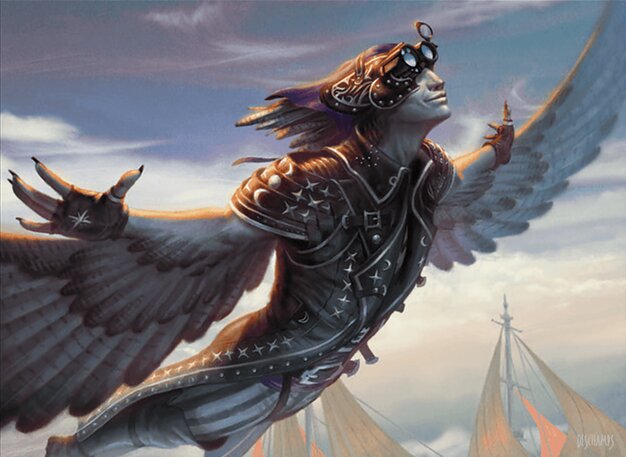
Malcolm, Keen-Eyed Navigator
A fast, artifact-centric combo deck that uses ramp and card draw to assemble combos quickly, with Tymna providing additional card draw and utility creatures to support aggressive plays.
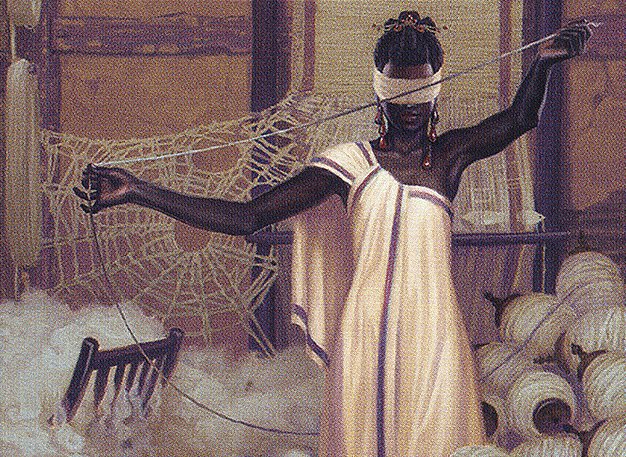
Tymna the Weaver
Support aggressive and efficient creature strategies by drawing cards through combat damage and providing incremental advantage, synergizing well with Malcolm’s fast artifact strategy.
Gameplay Insights
- 1
Casting Null Rod early effectively disrupted artifact-heavy strategies, forcing opponents to find alternate paths to victory.
- 2
Using Demonic Tutor to find a wheel effect was a high-risk, high-reward play to refresh the hand and seek necessary lands.
- 3
Deploying Mind Sensor allowed one player to gain card advantage and hinder opponents’ card draw, impacting their tempo and options.
- 4
Lavinia’s aggressive attacks applied pressure on opponents, helping to chip away life totals while leveraging combat damage for card draw or disruption.
- 5
Players had to carefully manage color requirements and the absence of islands, which shaped their mana base development and spellcasting choices.
- 6
The interplay between artifact disruption and creature-based ramp highlighted the tension between fast combo decks and controlling midrange strategies.
Notable Cards
-
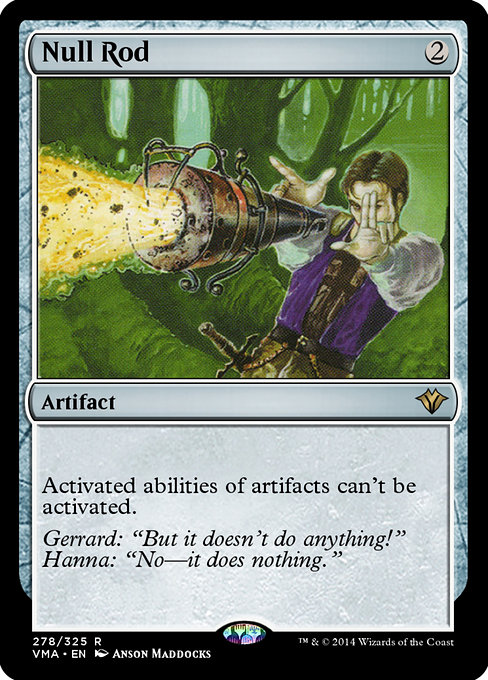
Null Rod
-

Demonic Tutor
-
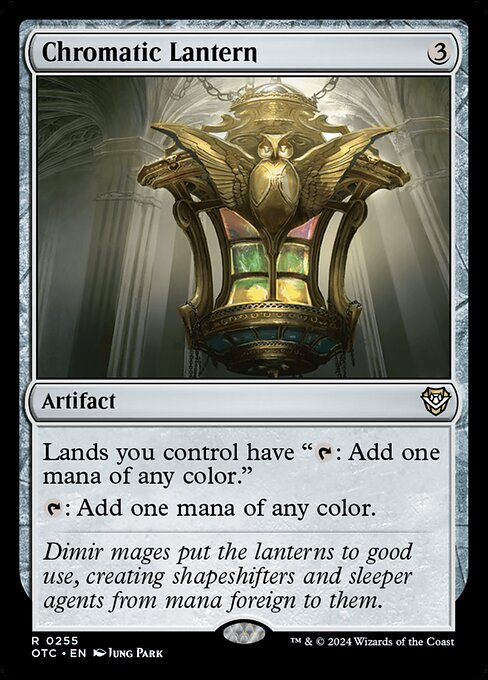
Chromatic Lantern
-

Ambitious Farmhand // Seasoned Cathar
-
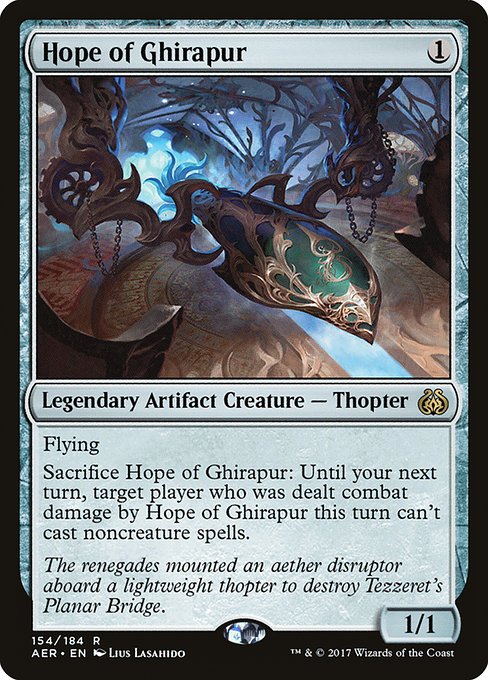
Hope of Ghirapur
Gameplay Summary
The game unfolded with the players deploying their respective strategies focused on their commanders and synergy pieces.
Early plays included ramp spells and establishing board presence, with Elesh Norn aiming to leverage her ability to double triggers and disrupt opponents, while Zevlor sought to use its unique ability to spread damage and control.
Chulane’s deck focused on creature-based ramp and card advantage, while Malcolm and Tymna worked together leveraging card draw and efficient creature utility.
A significant early board development was the casting of Null Rod, which severely hampered artifact strategies, notably affecting Malcolm's gameplay by limiting artifact usage.
This forced the affected players to adapt by seeking alternative plays, such as drawing into lands and casting spells to maintain pressure.
The game had several key interactions including a Demonic Tutor leading to a wheel effect and the use of Mind Sensor to gain card advantage and disrupt opponents’ plans.
Lavinia's aggressive plays chipped away at opponents' life totals, exemplifying the pressure tactics employed.
Players carefully navigated the lack of islands, which impacted color fixing and tempo, especially for artifact-heavy or blue-dependent decks.
Despite some players struggling with mana and card draws, the gameplay remained dynamic with threats and answers exchanged, setting the stage for potential combos or board states that could swing the game decisively.


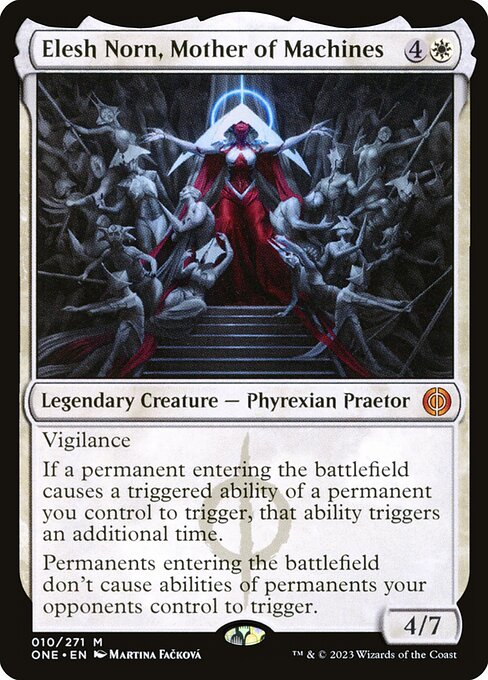



















![Prosper vs Zevlor vs Faldorn vs Gavi [EDH/Commander, MTG Gameplay 2022] thumbnail](https://i.ytimg.com/vi/jx2bXZMUIU4/sddefault.jpg)























